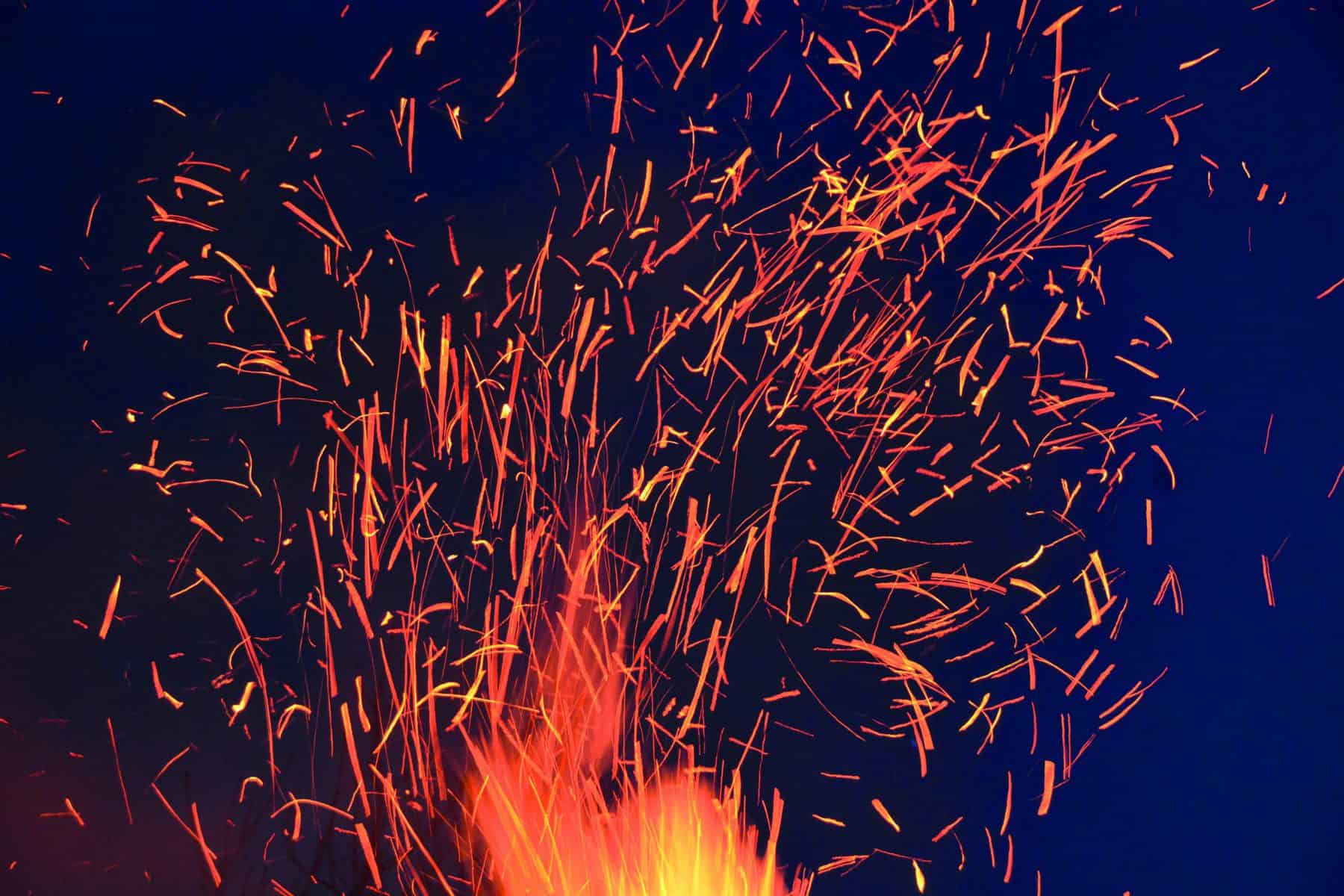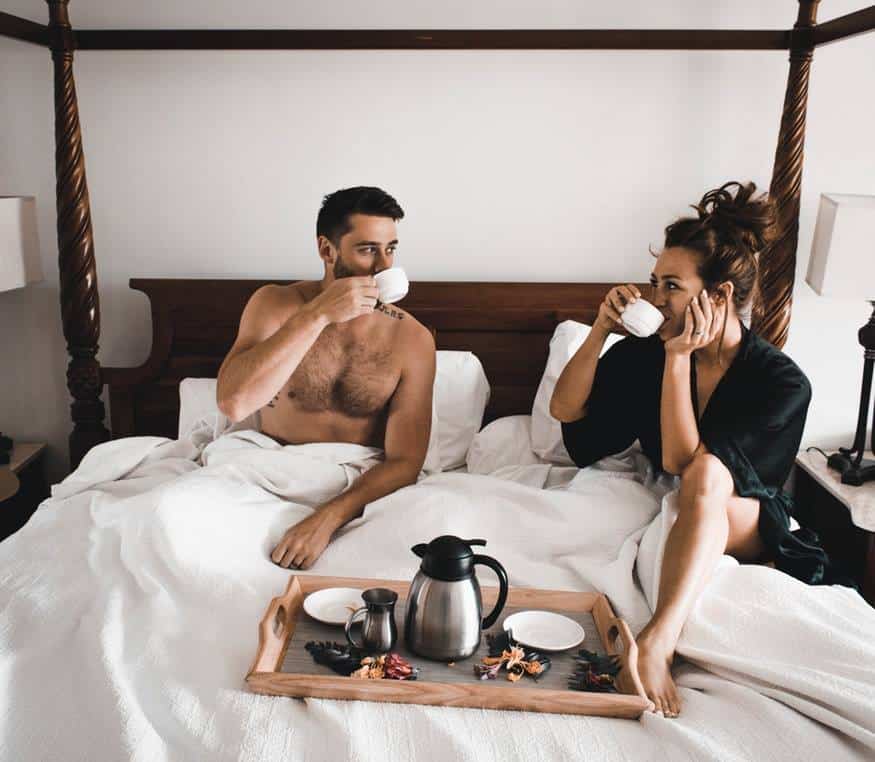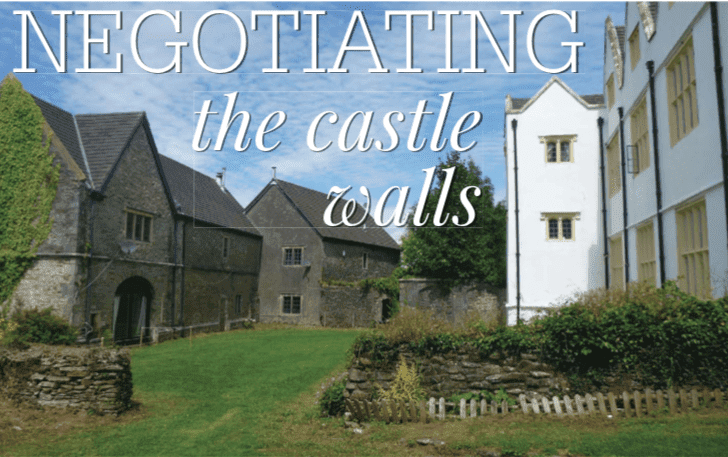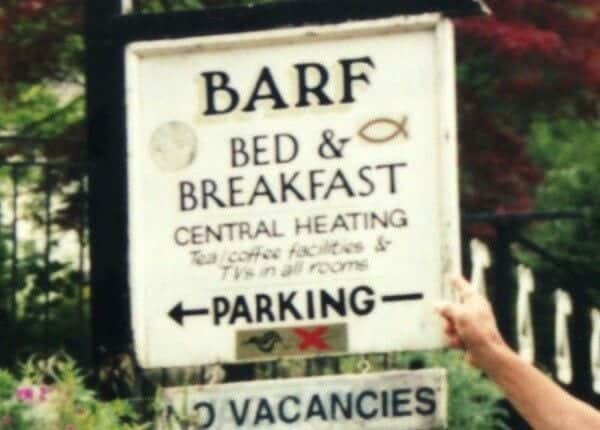
When it comes to outdoor commercial business heating few have been in the industry for as long as Heat Outdoors’ managing director Steve Levy. He launched the company when the UK smoking ban was introduced as a consequence of the Health Act 2006.
Steve Levy tells Luxury Bed & Breakfast magazine: “The business began when the smoking ban was introduced. I was building houses at the time and I was bored, and this was a hobby of mine. Within two years we had become market leaders in the UK, so I gave up building houses to concentrate on outdoor heating.”
Levy’s view at the time – and ever since – was that he only wished to sell outdoor heating products to the higher end of the market or the quality end as he puts it.
“There is a very clear market split in terms of the products that are out there, between luxury heaters and the cheap-and-cheerful, largely Chinese-made patio heaters, which are predominantly electric. We need to differentiate between electric and gas heaters as they are quite different products and marketplaces [see below]. I wanted to stay both at the quality end of that, and to deal with the commercial sector, rather than getting involved with the private homeowner who wanted a heater in their gardens.”
There are some fundamental differences between the products, he says. “I wanted to concentrate on the ones that really did work and lasted a long time, that didn’t give you hassle. By contrast, there are lots of products out there that you can buy in a garden centre for fifty quid to stick in your beer garden. Often these are pretty useless, but as long as you are six inches away from them it isn’t going to do any harm and they serve their purpose.”
He says what differentiates his company from others is that Heat Outdoors is the only outdoor heating company focused solely on the commercial market. “Everyone else is linked to garden centres. Our client base is therefore pretty varied,” he says.
Indeed it is: as well as developing outdoor heating facilities for boutique hotels, luxury bed and breakfast businesses and pubs, the company has provided heaters for the outside of Tower Bridge, on board the HMS Belfast, for most major hotels, and it recently installed 100 heaters around Trump Tower in Istanbul.
In keeping with Levy’s determination to focus on the high end of the market, the company has also provided outdoor heaters for the owners of high-end hotels and restaurants including London’s Coq d’Argent, Paternoster Chop House and Madison, all of which form part of D&D London.
Breakthrough
The biggest evolutionary trend of the past year in outdoor heating has been in higher-quality lamps and equipment. “Whereas we used to have lamps that were very bright – you’d walk past a pub and everyone would be illuminated orange – we went to low glare, now we have ultra-low glare (ULG) lamps. It gives out 95% less light but the same amount of heat. You can naturally stand in front of the lamp,” he explains.
The company developed its ULG lamps from work that it was carrying out in Asia/Pacific with one particular company with which it works very closely, and Levy says its development came about by complete accident.
“I was in the factory, looking at a lamp, and I asked what it was. They dismissed it as a failed experiment. I asked what was wrong and they said various aspects were wrong, including its colour.
“Then I noticed it was the same heat, and I suddenly realised that we had stumbled on what the market had been seeking for a long time: lower glare products. A company in Germany for example had spent a fortune to try and come up with something like this because it would address the customers’ biggest objection: the amount of light these things punched out. The factory I was in had unwittingly invented something the market had been looking for.”
The other breakthrough recently has been controls in the systems. The company’s new Heat and Beat system for example is a combination of an ultra-low glare heater with an amazing reflector.
“It punches out loads of heat and it has built in speakers so you can stream music to it from your phone, and the whole system is controlled by Bluetooth,” he explains. “You download an app and a restaurant owner can up heaters 5 sand 6 and turn down heaters 1 and 2 all from an iPhone. You can put one on a timer, turn on the music – all that functionality comes from the app.”
He admits some people may think it is a bit of overkill and ask if they actually need that technological functionality, but it is there if they want it.
Another big development in the market place is a reversal back away from a trend towards heaters getting increasingly slim line. “In doing so they lost a lot of the heat because the reflectors got quite small. In the past year we have developed a series of heaters we call Fat Boy. The heat that comes out of them is just phenomenal. That is because we have gone right back to basics and developed a heater with a big reflector, and they are selling like hot cakes. They still look quite attractive but instead of prettying them up and making them really slim line this is in fact a big fat heater that chucks out an enormous amount of heat. At the end of the day that is what people want, which is why they are buying into this kind of equipment,” he says.
Safety
There aren’t any significant safety restrictions to have to overcome in developing these systems he says, beyond electrical appliances having to be mounted above a certain height to keep them out of harm’s way and prevent people from sticking their fingers into them.
“For outdoor purposes heat can be transmitted in two main ways. One is convection, which is what a radiator does. It heats the area around it and that heat then heats you.
“High-end and more effective outdoor heaters use short wave radiation techniques. In practice this means if you are walking down the street in a T-shirt at this time of year on a sunny day, and you are walking in the shade, you may feel a bit cold so you cross to the other side of the road. However, if you produced a thermometer from your pocket you would find the air temperature was exactly the same either side of the road. Because you are standing in the sunlight your body is hit with shortwave infrared heat, and that is what we are generating. It doesn’t heat the air at all.”
It is a popular misconception that heat rises. “If you heat the air it will rise, which is how a balloon goes up. If you heat a person then that person will get warm. The heat you are generating is generated as a light wave going straight past the air, which has no effect on it at all and doesn’t rise. You can put a heater up quite high and focus it down low and the heat will be exactly where you want, like shining a torch. Depending on the reflector in the torch the heat will go exactly where you want,” he says.
High standard
You can leave the heaters outdoors all year round, according to Levy, who says: “All Heat Outdoors’ high-end equipment is IP65. All outdoor equipment has ingress protection.”
IP refers to Ingress Protection. The first digit relates to the level of intrusion protection from 1, no protection, to 7, totally dust tight. Level 6 is protection against dust that may harm the equipment.
The second digit relates to the level of moisture protection, from 1, no protection, to 9, protection against immersion under pressure. Protection level 5 protects from spray from all directions.
Levy says: “We can have our heaters turned on full glare and run a hosepipe on it and it won’t affect us at all. So in that sense they are completely waterproof.”
The heaters never require any servicing, he adds. “Typically a good heater will have 5,000 to 7,000 hours lamp life. Start dividing that out into three hours a day, that’s 1,000 hours a year. If you install it outdoors assuming nothing happens to it, it will last for years. Things do happen to them from time to time due to human error – people mount them too low and people light cigarettes off them. That’ll kill a lamp.
“We’ve had lots of crazy situations such as a central London restaurant where we couldn’t work out why their lamps kept on blowing. I went up and did a site visit to try and work out what was going on. I stood back and looked at it and realised where they are mounted was a spot where about four stories higher pigeons were roosting.”
Running costs
There is no right or wrong answer as to whether outdoor heaters are cheap to run, says Levy. “A lot of people – environmentalists especially – will argue that heating anything outside is a waste of money and energy because you shouldn’t heat outside, but with high end heaters you are not heating outside, you are heating the people outside. I could heat a dozen people outside more cheaply using this kind of energy than by heating a whole room indoors. It’s less expensive because you are heating people not the air. If you are heating air then it is indeed a lot more costly.
“If we are heating a large outdoor space we can choose the area we heat. If we are tasked with heating an inn with a big outdoor area, we’d heat the area where the people congregate and only turn the other parts on if we need them. You can’t do that with a conventional heating system – you can’t just heat a quarter of a room for example. The larger they are to heat, the more economical it becomes,” he says.
A decent heater is going to cost upwards of £140, he says, and in many scenarios people may install multiple heaters, often with some sort of controller. “Pubs, inns and B&Bs used to use what were called a soft start timer/time lag,” he says. “We use something that does the same but electronically. You’ll have a red button outside a bar that a smoker can press when he goes out for a smoke and it is pre-set for, say, 20 minutes. This saves it having to be on for that full time. That’s a very popular piece of kit for smaller premises such as bed and breakfasts.”
Among its premium customers, Heat Outdoors provides the heating for Kensington roof gardens, an outdoor space in elegant surroundings of the kind a boutique hotel may have to heat.
Levy adds: “When we first went into the Blind Beggar pub in Whitechapel we noticed they had quite a big outdoor area if you are looking at it from the front. They decided they want to put outdoor heating so we designed a system for them. They came back to us after a year to say they have found that even if the pub was half full those people would rather be standing outdoors in the heat than inside. So they went ahead and heated the other side of their outdoor area,” he says.
There are popular misconceptions regarding outdoor heating that are not helpful either to the industry or those who provide the heaters. A decade ago news stories were published reporting environmental groups objecting to the use of outdoor heaters owing to the fact that the heat simply rose to the sky. As the ingenuity of providers such as Heat Outdoors continues to develop increasingly efficient heating lamps it is to be hoped that misguided information will fade and independent luxury accommodation operations can provide greater levels of comfort for their guests.
GAS VS ELECTRIC
Choosing between gas and electric power for your outdoor heaters depends on a number of factors.
Electric mains power heaters are relatively lightweight and may be wall-mounted, ceiling mounted or free standing as well as convertible from wall to floor-mounted.
Electric heaters are cheaper to run than gas heaters, and they operate silently.
Most electric heaters target heat directly to individuals’ skin so they can be targeted rather than heating up a whole room with a lot of empty space.
They are not prone to run out of fule and can be operated with a flick of a switch.
The heat electric heaters generate is not usually affected by wind.
Gas heaters are good for heating up enclosed areas such as outdoor bars.
The heat generated by a gas heater is a gentle,radiant heat that proeuces the same sensation as the sun.
A gas heater can be used where electricity is not a practical alternative.
They are easy to set up by simply placing in the area to be heated, fitting a canister and turning the device on.
OUTDOOR LIGHTING
The options for luxury bed & breakfast and boutique hotels to provide impressive and cost-efficient outdoor lighting for all kinds of guest activities have improved dramatically in recent years as LED technology has become increasingly exploited.
According to a new market intelligence report by BIS Research entitled “Global Lighting as a Service Market, Analysis & Forecast, 2017 – 2025”, the global lighting as a service market is expected to reach £3.6 billion by 2025.
The market is growing due to the increasing demand of energy efficient lighting systems. Growing implementation of Internet of Things (IoT) with lighting services is also expected to increase the adoption of this service across the globe.
The LED lights market has undergone significant transformation in the last couple of years. A major change in the lighting industry has occurred as it has replaced the outdated inefficient lighting technology. LED lighting has become necessary to meet the new standards of EISA’s energy standards. The adoption of these lighting systems led to reduced energy costs and significant improvements in performance. However, the high up front cost required in the installation of LED based lighting system led to the development of new financial structures such as Lighting as a Service (LAAS). These new financial structures have helped both the public and private sector companies capitalise on the continuous innovations that are taking place in the LED industry.
One of the major issues that lighting as a service business models aim at solving is that of energy management. Some of the advantages of energy management include cost reduction, energy price fluctuations, supply shortage and carbon emissions reduction. Companies are now integrating Internet of Things (IoT) solutions with luminaries to save more energy. With internet connected LED lights, the service providers will be able to constantly monitor the lights. These sensors can also help collect data about various building operations. Rooms equipped with sensors can adapt lighting levels according to the usage pattern of the room, dimming them in vacant areas and increasing the brightness levels in the occupied areas. The sensors also send room usage data to the cloud to help facility managers decide how to optimize space, for instance converting unused conference room into desk areas.
Last month Access Fixtures launched new ANGO LED exterior wall lights, for example. These dark-sky-compliant, full-cut-off wall packs are designed with a stylish rounded exterior and strong, tempered clear glass.
Available from 35 to 139 watts, the ANGO full-cutoff wall packs feature an IP65 rating, meaning they are protected against dust and water. Additionally, the ANGO LED wall lights are CSA rated for wet locations and they are dark-sky compatible.
“These luminaires can replace up to 400-watt metal halide fixtures,” said Alex Guarco, of Access Fixtures. “Of course, using cutting-edge LED technology, they will last—at minimum—five times as long as those older units, too.”
And there was light.



